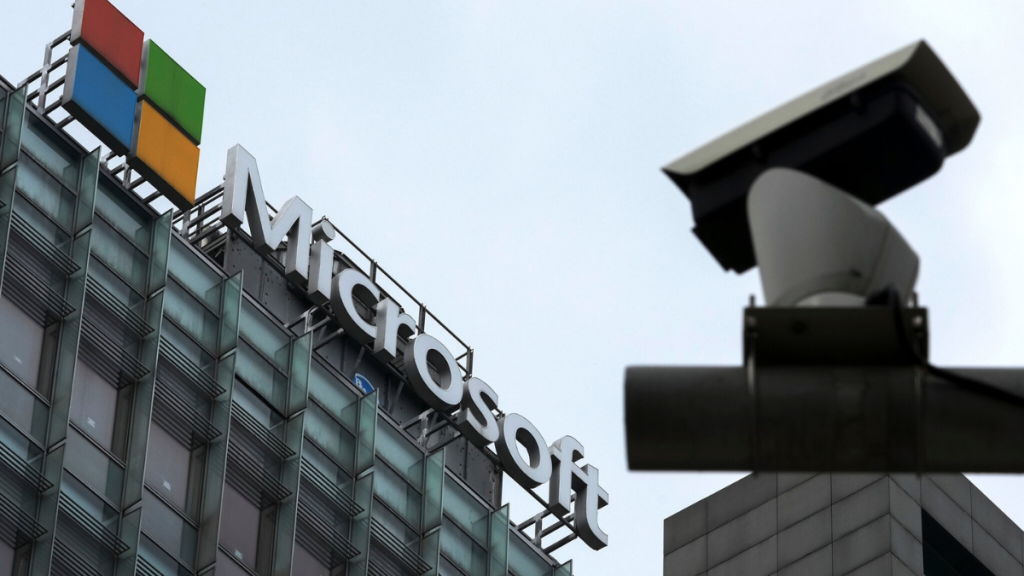Inside the SharePoint Breach: Why Microsoft’s Security Failures Left Agencies Exposed
Chinese-backed hackers have exploited a severe SharePoint Server vulnerability and are reported to have hacked into hundreds of systems worldwide.
The vulnerability, unearthed in early July, pertained to on-premises SharePoint configurations and allowed attackers to execute remote commands without providing legitimate credentials.
Before Microsoft had a patch ready, the flaw had already been weaponized. More than 400 organizations, such as prominent government departments and international companies, were hit. Officials say the break happened rapidly, taking advantage of a security hole before most customers could act.
US Nuclear Agency Among Key Targets
Among the compromised systems were those used by sensitive US government agencies, including the Department of Homeland Security and the Department of Energy, which is responsible for the nation’s nuclear weapons. While no classified information has been verified as stolen, the extent of access attained by the attackers has caused serious concern.
Officials explained that SharePoint servers hold internal documents, employee data, and project information. Access to such systems – no matter how temporary – represents a significant national security threat.
China-Licensed Groups Spearheaded the Attack
Microsoft has identified the cyberattack on the three advanced persistent threat (APT) groups. Two of them – ‘Linen Typhoon’ and ‘Violet Typhoon’ – are reportedly associated with Chinese state-sponsored activities. The third group, which goes by the name ‘Storm-2603,’ has a history of using ransomware.
These actors leveraged the SharePoint vulnerability to exfiltrate credentials, deliver backdoors, and establish long-term persistence within networks. Microsoft’s investigation uncovered that one of the groups even planted a fresh ransomware variant named ‘Warlock,’ which indicates that the groups have a double motive of spying and financial remuneration.
Microsoft’s Early Warning System Under Scrutiny
The leak has prompted concerns over Microsoft’s vulnerability disclosure procedures. The firm runs a scheme known as MAPP (Microsoft Active Protections Program), which exposes preliminary information about vulnerabilities to a limited number of partners to enable them to develop defenses.
Now, Microsoft is investigating whether one of those partners exposed details of the SharePoint vulnerability. If so, it would account for how quickly attackers built their tools, days before the public fix became available. The MAPP program is being reviewed internally now.
Patch Published, but Attackers Remained Ahead
Microsoft released emergency fixes on July 19 and 22. However, reports indicate that attackers had already reverse-engineered the patches and begun exploiting systems before they could be patched.
In a few instances, patched systems were not secure either. Hackers used stolen machine keys to masquerade as users and leapfrog authentication mechanisms. Security experts indicate the attackers acted quickly and precisely, capitalizing on sluggish patch rollouts and lax server defenses.
Older Systems Are More Vulnerable
The current violation has put in focus one much bigger issue – too many organisations are chasing after old on-premise software. Though still widely used, SharePoint Server rarely has the automatic update facilities and those sorts of cloud-scale protections offered by modern versions of Microsoft products.
Experts warned that legacy systems are prime targets for well-financed hacking groups. Here, too, the attackers found very easy entry through outdated infrastructure. Most of the targeted organizations were not on SharePoint Online, which was not susceptible to the particular vulnerability.
Lawmakers, Experts Demand Accountability
The incident has evoked stern criticism of Microsoft’s security record. Lawmakers in the US and Europe are now calling for more transparency and supervision. This is not Microsoft’s first big security misstep. In 2021, the Hafnium group exploited Exchange Server vulnerabilities to breach thousands of systems. In 2023, Chinese actors breached US State Department email accounts.
Critics argue Microsoft has prioritised product growth and integration over cybersecurity, especially for older tools still widely used by governments and enterprises.
A Wake-Up Call for Global Cybersecurity
This attack has demonstrated how rapidly threat actors will leverage even established platforms. The SharePoint breach shows that even after a patch has been deployed, slow implementation can leave systems wide open. It also highlights how early access to vulnerability information can tip the balance in favour of the attackers.
Microsoft has issued new recommendations on how to detect and counter the breach. The company advises rotating machine keys, hunting for web shells, examining logs, and installing all available patches.
This is a warning for the broader tech and policy community that the price of delayed response and careless legacy system management is only increasing. In a world becoming ever more defined by digital threats, security has to precede convenience.

